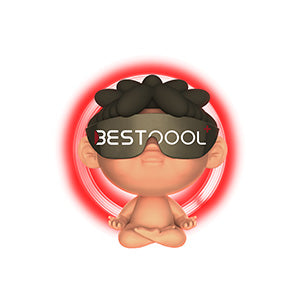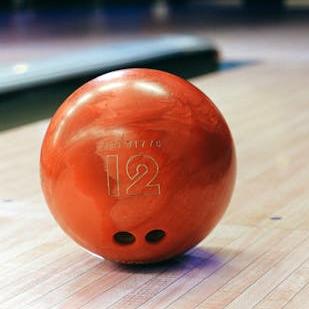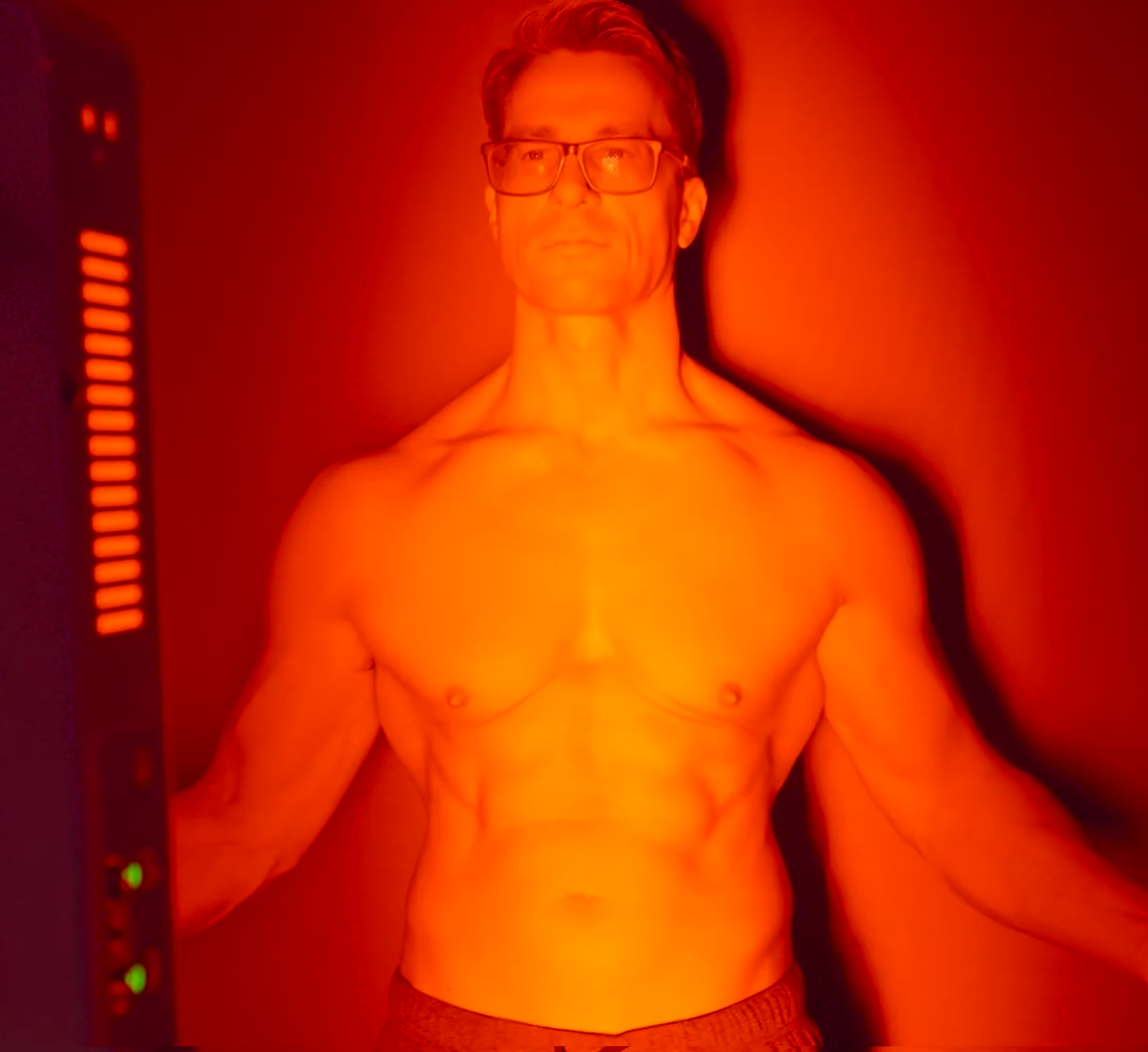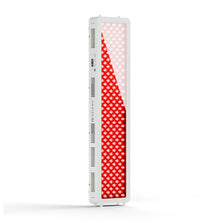Bowling is a sport of precision and repetition, requiring consistent physical exertion, particularly of the muscles and joints in the wrists, arms, and shoulders. Athletes are always seeking new ways to improve performance, speed recovery, and avoid injury. The latest buzz around the block is about Red light therapy (RLT), a novel technology that may benefit bowlers. Is this state-of-the-art therapeutic technique the secret key to taking a bowler to the next level?

Key Challenges Bowlers Face and How RLT Addresses Them
The Repetitive Strain on Wrist, Arm, and Shoulder Muscles in Bowling
Bowlers engage in behaviors that call for precise and controlled wrist and arm movements repeatedly. This repetitive strain over time can cause injuries like tendonitis, muscle soreness, and impaired mobility. Bowling applies consistent pressure on the forearm, wrist, elbow, and shoulder muscles. Many regular bowlers are left with some lingering pain, soreness, or stiffness that hampers their performance[1].
Red Light Therapy involves low-level red and near-infrared light wavelengths that penetrate deep into the muscle tissues, encouraging cellular processes that heal and regenerate. RLT can greatly reduce muscle inflammation and soreness, speed tissue repair, and help in reducing recovery time. This allows bowlers to recover faster from intense sessions or matches.
The Importance of Precision and Consistency for Optimal Bowling Scores
Bowling requires precision, consistency, and the ability to replicate the same patterns of movement. Even mild inflammation, pain, or muscle fatigue can impede these fine motor skills. A bowler's accuracy and performance are greatly affected if you have a slight deviation due to stiffness or pain in the muscles, and that would lower the overall scores.
By helping to preserve the health of muscles and joints through its cellular regenerative function, Red Light Therapy allows bowlers to consistently deliver accurate ball throws. RLT can help keep bowlers at the top of their game by reducing stiffness, discomfort, and muscle fatigue, thus lessening variation and unpredictability in performance.

RLT’s Role in Injury Prevention and Recovery
Treatment is just as important as prevention. Bowling often brings about chronic inflammation, muscle tightness, and repetitive stress injuries. Frequent RLT sessions boost the blood circulation rate, increase tissue oxygenation, and even encourage natural healing mechanisms. Each of these benefits works together to keep the bowler's muscles and joints healthy, significantly reducing the opportunity for injuries to occur in the first place[2].
Additionally, RLT is also very important in terms of accelerating recovery from injuries. Athletes who use RLT consistently tend to heal faster, feel less pain while that healing occurs, and return to practice sooner.
Scientific Evidence Supporting RLT for Athletic Performance
Overview of Scientific Studies Supporting the Benefits of Red Light Therapy for Muscle and Tissue Health
Several peer-reviewed studies emphasize the beneficial effects of RLT on muscle recovery, tissue regeneration, and pain management. Studies suggest that red light therapy works by enhancing mitochondrial function, which allows the muscles to become more effective energy-generating engines. This also improves endurance and minimizes fatigue when conducting physical activities.
For instance, one of the most well-known research articles published in the Journal of Lasers in Medical Science found that RLT was substantially more effective than a placebo in enhancing muscular performance and decreasing delayed onset muscle soreness for post-training athletes[3]. A separate study published in Photomedicine and Laser Surgery also demonstrated that treated athletes had accelerated muscle recovery and reduced inflammation markers[4].
RLT’s Impact on Focus and Endurance
Mental clarity, focus, and endurance play a huge role in athletic performance but tend to go overlooked. RLT has demonstrated great potential for not only healing but also cognitive and endurance enhancements! RLT helps athletes maintain peak mental focus and improve overall endurance during games and competitions thanks to improved cellular energy production from increased ATP synthesis.
When a bowler has clearer focus, it leads to more consistent and accurate performance, especially in high-pressure competition environments.
How Red Light Therapy Addresses Key Physical Factors Affecting Bowling Performance?
Reducing Inflammation and Muscle Soreness for Improved Recovery and Reduced Pain
RLT has potent anti-inflammatory effects. Regular visits substantially reduce inflammation in muscle and joint tissue, offering near-instantaneous effects on pain and affording a minimal degree of soreness in the aftermath of a grueling practice or tournament. Less pain and inflammation mean bowlers recuperate faster and have fewer problems due to injuries that affect their performances.
Enhancing Joint Health and Flexibility for Smoother and More Controlled Movements
Flexibility and health in the joints themselves are also achieved through correct, controlled bowling actions. RLT increases collagen production, which stabilizes connective tissue and promotes optimal joint function. Better joint health means smoother bowling actions and fewer joint-related injuries or conditions such as arthritis and tendinitis.
Improved Wrist Flexibility and Grip Strength for More Accurate Ball Delivery
Strong grip strength and flexibility in the wrist are crucial for bowlers who want to deliver the ball consistently and accurately. RLT used regularly increases the elasticity of muscle and connective tissue, greatly improving flexibility and reducing stiffness. Bowlers can benefit from this technology as well, with better grip control, better accuracy, and fewer wrist and hand injuries.
Integrating Red Light Therapy into a Bowler’s Training and Recovery Routine
Optimal Timing and Duration of Red Light Therapy Sessions for Pre and Post-Game Recovery
The timing of an RLT session will vary from person to person, but for the most part, treatment durations between 15 and 30 minutes, performed as soon as possible after practice or after competition, yield the greatest benefits on muscle recovery, inflammatory processes, and pain relief. A brief 10-20 minute round pre-game can reduce muscle torque length and increase overall preparedness. Regular and consistent sessions are key—generally two to three times a week or at the end of an intense bowling session for best results.
Combining Red Light Therapy with Stretching and Warm-Up Exercises for Enhanced Performance
Bowlers should add RLT with conventional warm-up and cool-down stretching exercises for even better results. Post-bowling at the end of a long day, when RLT combined with light stretching exercise is the most beneficial for muscle recovery, soreness alleviation, and injury rehabilitation.
When incorporated with an established stretching routine, RLT acts as a catalyst for improved circulation and tissue oxygenation, risk reduction for faster recovery, and the prevention of delayed-onset muscle tenderness for smoother muscle function to increase performance while minimizing downtime between training sessions.
Conclusion
For bowlers who care about elevating their game while protecting their physical well-being, Red light therapy brings credible advantages. Backed by years of scientific study, this treatment, which is simple and non-invasive, is a known remedy for inflammation, muscle soreness, improved flexibility, and overall muscle and joint health.
When implemented correctly and over time through the training and recovery cycles, RLT can help bowlers improve accuracy, gain greater consistency, minimize the risk of injury, and transformation to overall performance and on lanes. For bowlers who are looking to play their best games, RLT could prove a highly useful tool in their athletic arsenal.
References
- Lee, Y J et al. “Bowling: Occupational Hazards of the Wrist and Hand in Elite Tenpin Bowlers.” Malaysian orthopaedic journal vol. 15,1 (2021): 113-118. doi:10.5704/MOJ.2103.017
- Foley, John et al. “830 nm light-emitting diode (LED) phototherapy significantly reduced return-to-play in injured university athletes: a pilot study.” Laser therapy vol. 25,1 (2016): 35-42. doi:10.5978/islsm.16-OR-03
- de Almeida, Patrícia et al. “Red (660 nm) and infrared (830 nm) low-level laser therapy in skeletal muscle fatigue in humans: what is better?” Lasers in medical science vol. 27,2 (2012): 453-8. doi:10.1007/s10103-011-0957-3
- Zagatto, Alessandro M et al. “Full Body Photobiomodulation Therapy to Induce Faster Muscle Recovery in Water Polo Athletes: Preliminary Results.” Photobiomodulation, photomedicine, and laser surgery vol. 38,12 (2020): 766-772. doi:10.1089/photob.2020.4803















 Small
Small

 Moderate
Moderate

 Moderate
Moderate

 Moderate
Moderate

 Full
Full



